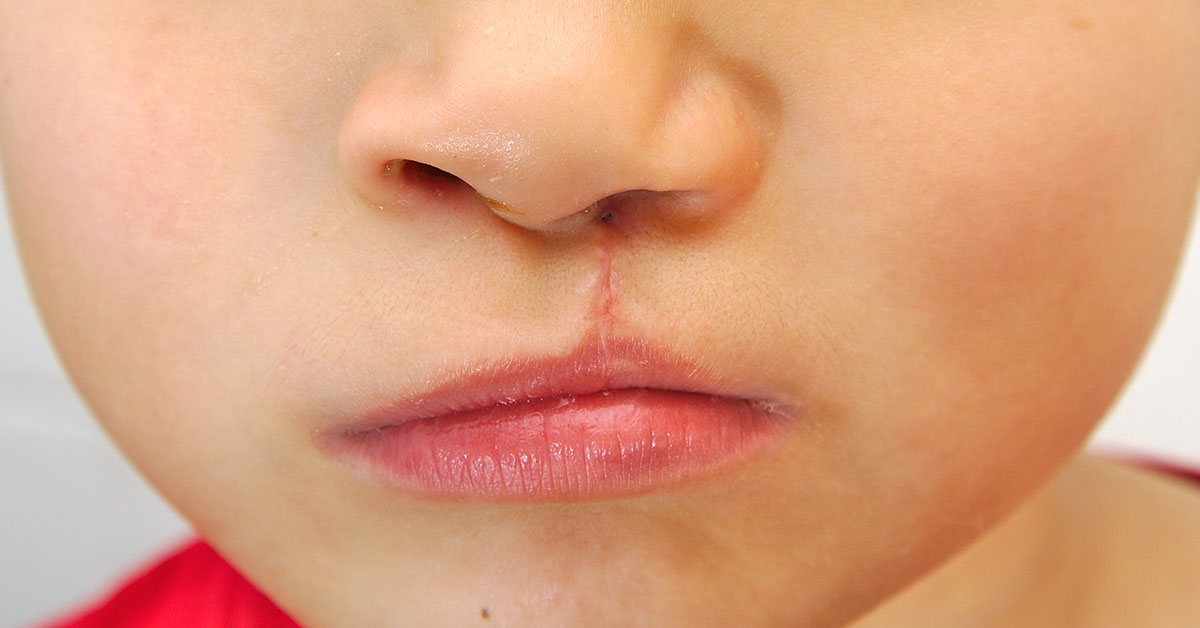
What is Cleft Lip and Cleft Palate?
Cleft lip and cleft palate refer to when an individual has a split or opening in their upper lip, roof of their mouth, which is referred to as the palate or both. The split often appears to join with one the nostrils or both. Cleft palate and cleft lip are common birth defects, usually resulting when the structures of the face in a child that hasn't been born yet do not form properly.
Causes of Cleft Lip and Cleft Palate
The exact cause of cleft lip and palate are not known for sure; however, doctors and scientists believe it is the result of genetic and/or environmental issues, including the mother's environment during pregnancy. Factors or conditions that occur during pregnancy that may increase the risk of a baby having a cleft lip or cleft palate after they are born may include the following:
- Smoking tobacco products
- Consumption of alcohol
- Use of narcotics
- Being affected by diabetes
- Insufficient vitamins during and prior to pregnancy
Symptoms and Diagnosis of Cleft Lip and Cleft Palate
The usual obvious sign of a cleft lip or cleft palate is the apparent split of the lip often causing it to appear to connect to one or both nostrils. It may cause your baby's nose to release milk while feeding due to the lack of a proper barrier between the nose and mouth. Another symptom of cleft lip or cleft palate are additional or missing teeth.
Other symptoms associated with cleft lip and cleft palate are the following:
- Hearing problems such as middle ear infections, issues with eustachian tubes, and potentially hearing loss
- Speech problems and a nasal sounding voice
A cleft lip and cleft palate are normally observed by your doctor at birth at which point your doctor will recommend treatment options. If your child shows signs of cleft lip or palate later in life, schedule a visit with your child's doctor.
Treatments for Cleft Lip and Cleft Palate
Treatments for cleft lip and cleft palate are usually at least two-fold, one to repair the malformation of the cleft lip and palate, and two to improve your child's ability to speak, eat, breathe, and hear. Surgery may involve one surgical procedure or some amount of follow-up surgeries. Additional therapy and treatments after surgery may include speech therapy, ear treatments, hearing aids, and orthodontic treatments.



